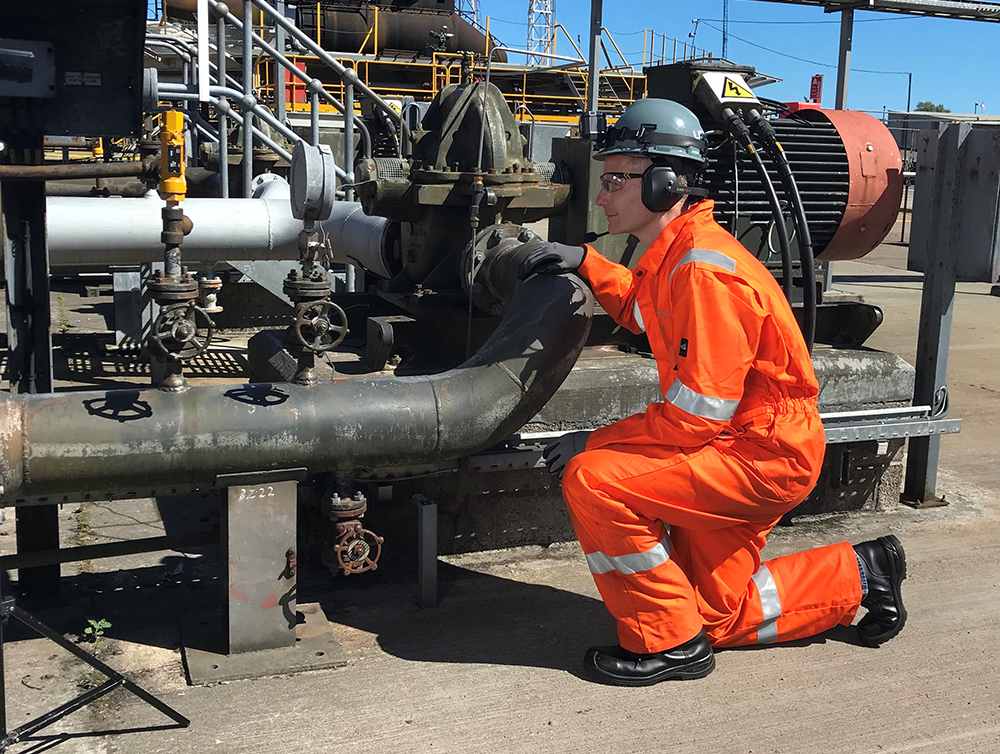
How Generative AI and RAG Unlock Decades of Business Knowledge

Over the past few months, Librestream attended many events in industries including aviation, energy, manufacturing and general field service.
One of the most talked about topics was the changing role and expectations of the field worker. These critical team members, who were often last to get a smartphone, are now armed with new digital tools to improve the way they work. A lot of what we heard from field workers and leadership teams was on the changing expectations of these workers.
I compiled a short list of the top four disruptors influencing workers’ expectations and the commitment by enterprises to invest in these workers.
This ease of access to technology and information in everyday life leaves workers expecting this kind of immediacy in their work environment. As new generations enter the work force, organizations with digital tools that are just as connected and savvy will more easily attract, train, and retain employees.
Enabling these teams with a smartphone and scheduling software is no longer enough. Organizations need to think about technologies that will guide workers through standard workflows to gain consistency in the field. Add in the ability to virtualize expertise in the field, and organizations can leverage their shrinking pool of experts by mentoring field workers on the job.
Digitizing and tagging data that workers collect daily is also important – whether it is a picture of an asset, the reading on a gauge, or a recording of an inspection. With this additional information, you leverage all the relevant data as part of a preventative maintenance program and translate to better KPI’s for both you and your customers.
Your workers have higher expectations for digital tools today and can become your biggest change agents. Our team has learned a lot from the different groups we met over these past few weeks. We look forward to learning and sharing more at our other events coming up in 2018.
This post was written by Charlie Neagoy, VP Business Development at Librestream Technologies